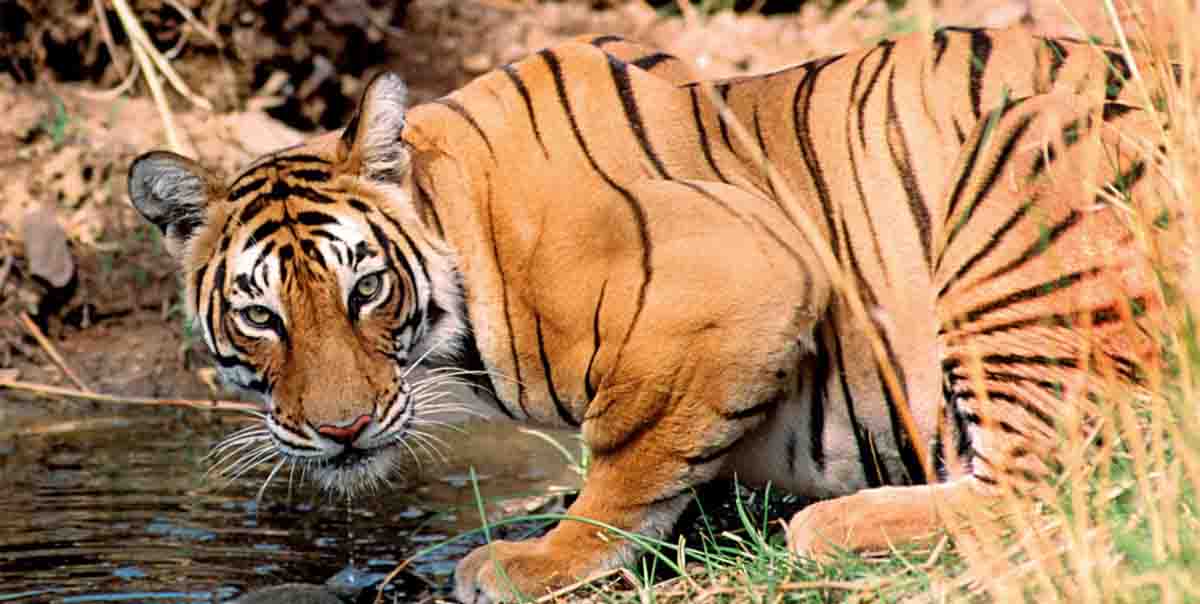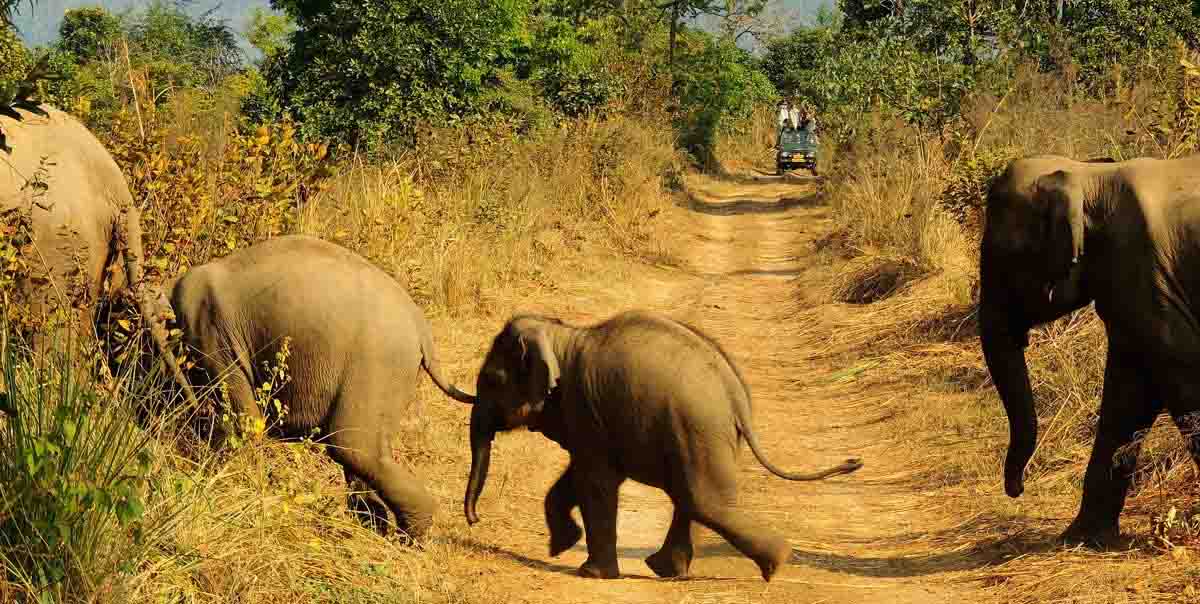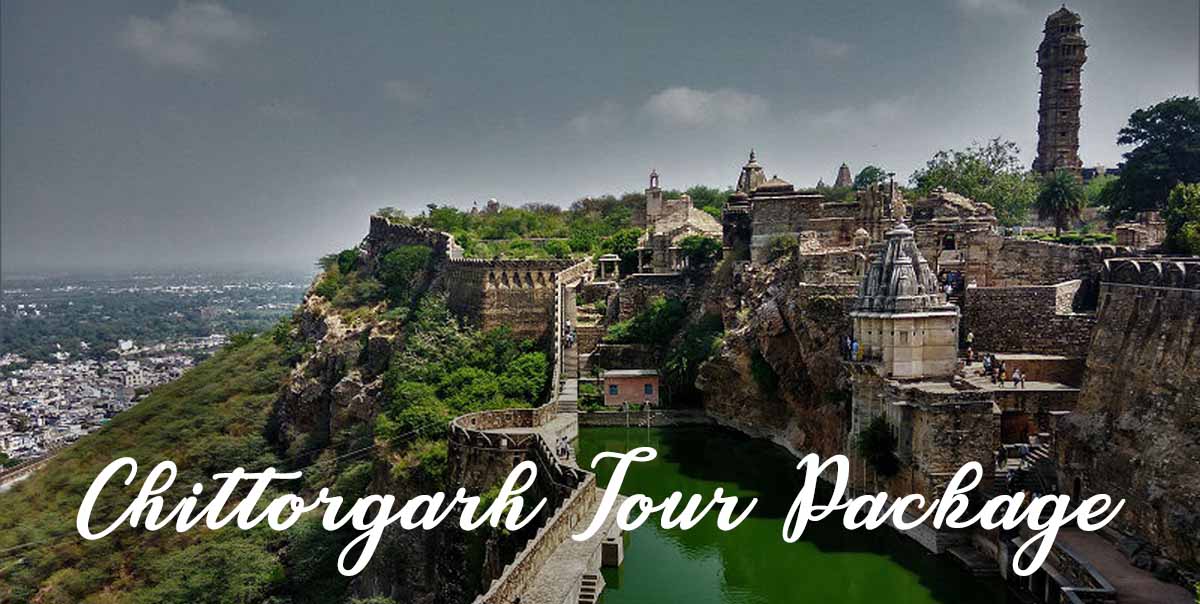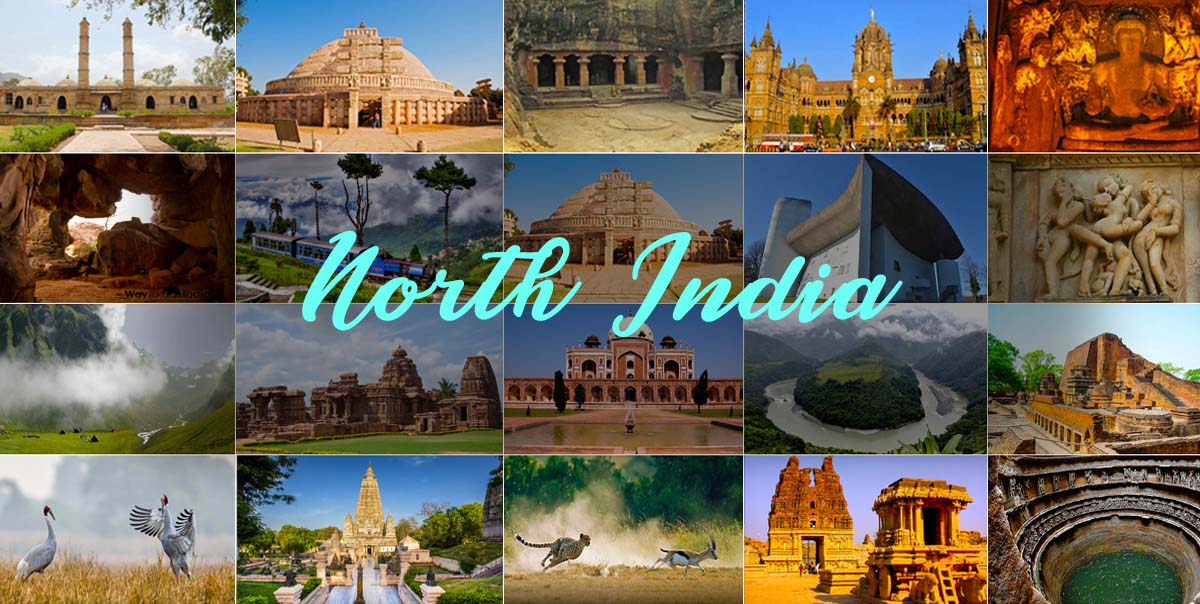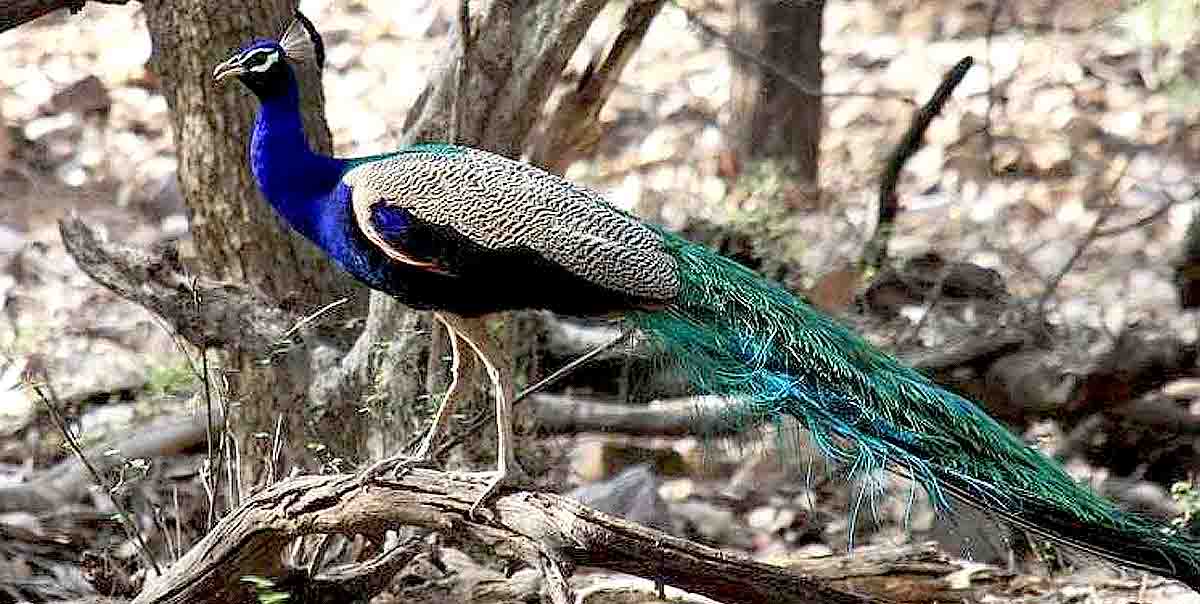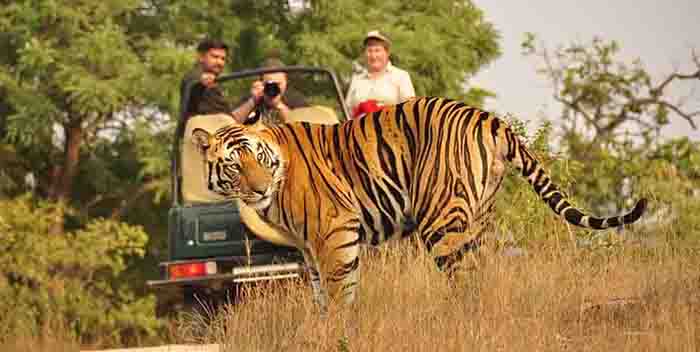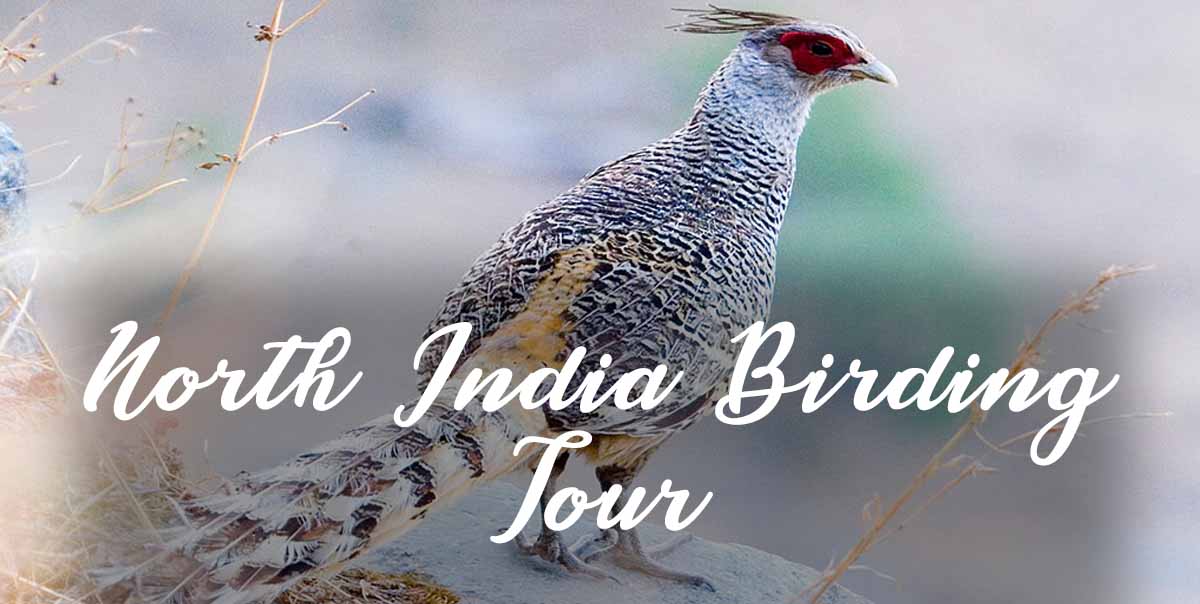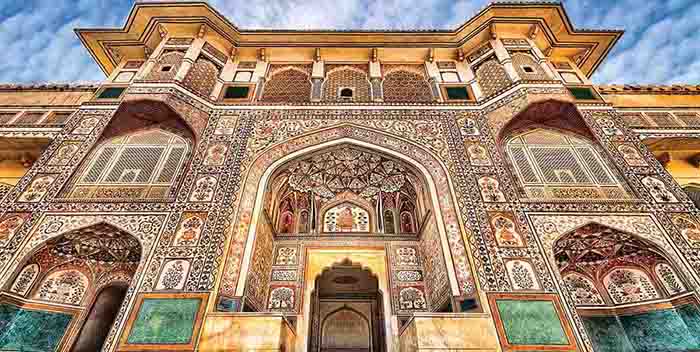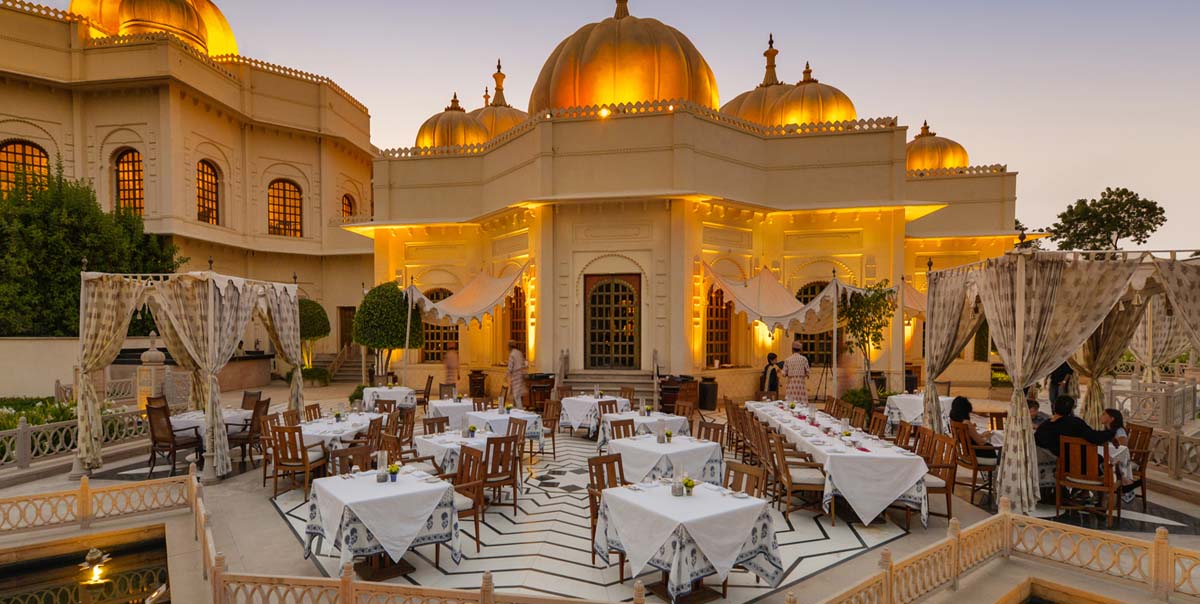India Tiger Trail - Have you ever seen a tiger from a distance of 10 feet? Have you ever admired the nature’s beauty and its creations of the wild? Languishing over a prey and tearing it apart and the hard work that goes in to making that kill. Have you given it a serious thought? Well those who have experience these moments know the pleasure for sure and we are sure they definitely crave for more.
Durga is the supreme Goddess who can bring light to the earth, a force for peace amid the powers of evil. She is the feminine force or Shakti created by the gods to combat the evil male power that had percolated through the world; and from her sprang the Goddess kali to join the fight, and the vehicle for this fight was the Tiger !. Why? Perhaps because tiger and man were deemed to have been born from the same mother, so the Tiger was seen as a man's sibling, but also as the king of the forest, a power on earth that was beyond reach of any mortal.
Duration: 16 Nights - 17 Days
Day 01, Arrive - Delhi:
On arrival meet at the airport with our representative then transfer to the hotel. Overnight at the hotel.
Day 02, Delhi - Jaipur:
The morning after breakfast drive to Jaipur, on arrival check in at the hotel. In the afternoon city sightseeing tour of the Pink city visit, including City Palace, Hawa Mahal Palace of winds, natural observatory. Overnight at the hotel.
Day 03, Jaipur - Ranthambore National Park:
The morning after breakfast drive to Ranthambore national park, on arrival check in at the wildlife resort. In the afternoon safari to the national park. Overnight stay at resort.
North and Central India Tiger Trip, Ranthambore Tiger Reserve, at the junction of the Aravalis & the Vindhyas, is a single example of natural and historic abundance, standing out conspicuously in the vast, emotionless & denuded system of eastern Rajasthan, Tiger, at the apex of the food chain, lord over the kingdom in a meticulous way. Solitary by nature, it operates in stealth. So, tiger sightings, frequent as they are, always an affair of chance. However, even evidence of tiger's activities is very exciting. The other variant of cats found in Ranthambore is Leopard (Panthera pardus), Leopard Cat (Felis bengalensis), Caracal (Felis caracal), Fishing Cat (Felis viverrina) & the Jungle Cat (Felis chaus). Except the huge cats, the other large predators found in Ranthambore include Sloth Bear, Wolf, Wild dog (or Dhole), Striped Hyena, Jackal, Indian Fox, Small Indian Civet, Palm Civet, Common Indian Mongoose, Ratel (or Honey Badger), Marsh Crocodile, Small Indian Mongoose & the Indian Python. There are 2 species of Antlers, namely the Spotted Deer (or Chital) and the Sambar Deer, and, two kinds of Antelopes, namely the Indian Gazelle (or Chinkara) and the Blue Bull (or Nilgai).
Birds In Ranthambore - Ranthambore has over 330 species of birds and we are still counting. A keen birder can easily net over 120 species. For birders, Ranthambore's specialties are the Indian courser, Painted Spurfowl, Indian skimmer, quails, larks, pipits and prinias. One can have the lovely birds from following place like Surwal Lake, Misradhara gate, Mansarovar Lake, Amlidih on the Banas River.
Day 04, Ranthmbore National Park:
Morning & afternoon safari to the national park. Overnight at the hotel.
Day 05, Ranthmbore - Bharatpur:
The morning after breakfast drive to Bharatpur Bird Sanctuary, on arrival check in at the hotel. Afternoon free to have a rickshaw ride to the bird sanctuary. Overnight at the hotel. Bharatpur Bird Sanctuary: North & Central India Tiger Trip one of the best bird parks in the world, Bharatpur Bird Sanctuary (Keoladeo Ghana National Park) is a reserve that offers protection to faunal species as well. Nesting home-grown water- birds as well as nomadic water birds & coast birds, this sanctuary is also inhabited by Sambar, Chital, Nilgai & Boar.
Bharatpur Bird Sanctuary: North & Central India Tiger Tour One of the finest bird parks in the world, Bharatpur Bird Sanctuary (Keoladeo Ghana National Park) is a reserve that offers protection to faunal species as well. Nesting indigenous water- birds as well as migratory water birds and waterside birds, this sanctuary is also inhabited by Sambar, Chital, Nilgai and Boar.
Flora in Bharatpur: More than 300 kind of birds are found in this small wildlife park of 29-sq-kms of which 11-sq-kms are quagmire & the rest scrubland and grass land. Keoladeo, the name derives from a pristine Hindu temple, devoted to Lord Shiva, which stands at the centre of the park. 'Ghana' means profound, referring to the plump forest, which used to cover the area.
Main Wildlife Attractions: The main attractions of travelers visiting the park are the great nomadic birds, who come from as far away as Siberia & Central Asia and spend their winters in Bharatpur, before returning to their reproduction grounds. nomadic birds at Bharatpur bird sanctuary include several kind of Cranes, Pelicans, Eagles, Hawks, Geese, Ducks, Shanks, Stints, Wheatears, Wagtails, Warblers, Flycatchers, Larks, Buntings and Pipits, etc.
Day 06, Bharatpur - Agra - Umaria:
The morning after breakfast drive to Agra, on arrival visit the world famous Taj Mahal. In the afternoon shifting to the railway station to board the train for Umaria. Overnight on board.
Day 07, Umaria - Bandhavgarh National Park:
On arrival at the station transfer to the Bandhavgarh National Park and check in at the wildlife resort. In the afternoon Safari to the national park. Overnight at the hotel.
Day 08, Bandhavgarh National Park:
MorningMorning & afternoon safari to the national park. Overnight at the hotel.
Bandhavgarh National Park: Bandhavgarh National Park is dispersion at Vindhya hills in Madhya Pradesh. Bandhavgarh National Park consists of a core area of 105 sq km & a buffer area of almost 400 sq km of topography varies between steep ridges, forest, undulating & open meadows. Bandhavgarh National Park is well-known for the Royal Bengal Tigers. The density of the Tiger populace at Bandhavgarh is the higher known in India.
Bandhavgarh National Park was the erstwhile hunting preserve of the Maharaja of Rewa & at present is a legendary natural hub for White Tigers. White Tigers, now a main fascination around the world's zoos, were 1st discovered in Rewa, not far from here. The territory is fragmentary, with petrous hill ranges, running roughly east-west, interspersed with grassy swamps & forested valleys. Bandhavgarh National Park is one of the best national parks in India & has the privity of harbouring the higher concentration of tigers per unit area of forest. The Bandhavgarh National Park is spread over an area of 448 sq km with a cross area of 105 sq km. At the centre of the park is the Bandhavgarh hill, rising 811 meters above sea level & surrounding it are biassed valleys, these valleys end in small, swampy meadows locally known as "bohera". Bandhavgarh was declared a national park in 1968. Since then many steps have been taken to retain Bandhavgarh National Park as an unspoilt national habitat for a diversity of wildlife weird to the area. These include gaur (Indian bison), leopard, sloth bear, porcupine, sambar, wild boar & spotted deer, among others & of course, the tiger.
Day 09, Bandhavgarh National Park:
Morning and afternoon safari to the national park. Overnight at the hotel.
Day 10, Bandhavgarh - Kanha National Park:
The morning after breakfast drive to Kanha National park, on arrival check in at the resort. Overnight at resort.
Day 11, Kanha National Park:
Morning and afternoon game transact to the national park. Overnight at resort.
Kanha National Park: Kanha's sal and bamboo forests, rolling grasslands and meandering streams stretch over 940 sq km in dramatic natural splendour. This is unique Kipling country, of which he wrote so vividly in his Jungle Book. The same profusion of wildlife species exists today in Kanha National Park, which forms the core of the Kanha Tiger Reserve made in 1974 under Project Tiger. The park is the only habitat of the rare hard ground barasingha (Cervus Duvaceli Branderi). In the 1930s, the Kanha area was divided into 2 sanctuaries: Hallon & Banjar, of 250 sq km & 300 sq km each. Though one of these was afterward disbanded, the area remained a conserved one until 1947. Depletion of the tiger populace in the years that followed led to the region being made a complete sanctuary in 1952. By a superior statute in 1955, Kanha National Park came into being. Since then, a series of strict conservation programs for the protection of the park's flora and fauna has given Kanha its deserved reputation for being one of the optimum & great administered National Parks in Asia, an irresistible attraction for all wildlife lovers & a right haven for it is animal & avian population.
Forest Department guides accompany visitors around the park on mapped-out circuits which enable viewers to see a good cross-section of Kanha's wildlife. The best areas are the meadows around Kanha, where blackbuck, chital and barasingha can be seen throughout the day.
Mammalian Species: Kanha has some 22 species of mammalia. Those most easily macular are the striped palm squirrel, common langur, jackal, chital, wild pig or spotted deer, barasingha or swamp deer, sambar & blackbuck.
Avian Species: Kanha has few 200 species of birds. Watchers should station themselves in the hills, where the mixed & vertebra forests harbour several species, and in the grassy forest clearings. Waterbirds can be seen near the park's many rivulets and at Sarvantal, a pool that is frequented by water birds & the area in front of the museum. The sal forests don’t normally yield a sight of Kanha's avifauna. Early mornings and late afternoons are finest for bird watching; binoculars are an unpriced aid to the watcher.
Day 12, Kanha National Park:
Morning & afternoon game transact to the national park. Overnight at resort.
Day 13, Kanha - Nagpur - Delhi:
The morning after breakfast drive to Nagpur airport to board flight for Delhi. On coming meet at the airport & transfer to the hotel. Overnight remain at the hotel.
Day 14, Delhi - Corbett National Park:
The morning after breakfast transact to Corbett national park. On coming check in at the wildlife resorts. In the afternoon game transact to the national park. Overnight at resort.
Jim Corbett National Park is located in the state of Uttarakhand. The national park falsehood in the foothills of the Himalayas within the districts of Nainital, Almora, Bijnore, Pauri Garhwal. Corbett Tiger reserve covers a region of about 1318.54 sq. km. inclusive 520 sq. km. of the core area & 797.72 sq. km. of the buffer area. The core sector forms the Jim Corbett National Park while the buffer reckon in reserve forests (496.54 sq.km.) as well as the Sonanadi Wildlife Sanctuary (301.18 sq.km.)
Major Wildlife Attractions: Jim Corbett National Park India is an ashray for Tigers as well as it is prey, which comprise 4 kinds of Deer, Wild Boar & few lesser-known animals. Leopards are chiefly found in the hilly areas of the Corbett Park. Some nocturnal cats found here are the Jungle Cat, Leopard Cat & Fishing Cat. Sloth Bear is found in the lower areas of the park while the Himalayan Black Bear is seen in the higher hills only. The Dole or Wild Dog, though they can be seen in the southern regions of the park along with the Jackal. Some of the smaller inhabitant of the park are Himalayan Palm Civet, Common Otter, Indian Gray Mongoose, Black Naped Hare & Porcupine. Elephants are among one of the major attractions of Jim Corbett Park. Along the Ramganga River shores, one can location the long-snouted, fish-eating Gharial Crocodile & the 'Mugger' Crocodile. Also seen on the petrous hillsides is the Ghoral or Goat deer. The Langur and Rhesus Monkeys are well distributed throughout the Jim Corbett national park & alert the entire Jungle with alarm calls when they see either a Tiger or Leopard from tree-top perches.
Day 15, Corbett National Park:
Morning and afternoon game transactto the national park. Rest of the day free time at vacation. Overnight remain at resort.
Day 16, Corbett - Delhi:
Morning game drive to the national park, after breakfast at the resort drive to Delhi. On arrival check in at the hotel. Overnight at the hotel.
Day 17, Departure:
The morning after breakfast full day city sightseeing tour program of Old and New Delhi. Late in the afternoon shifting to the international airport to board flight for forward destination.
